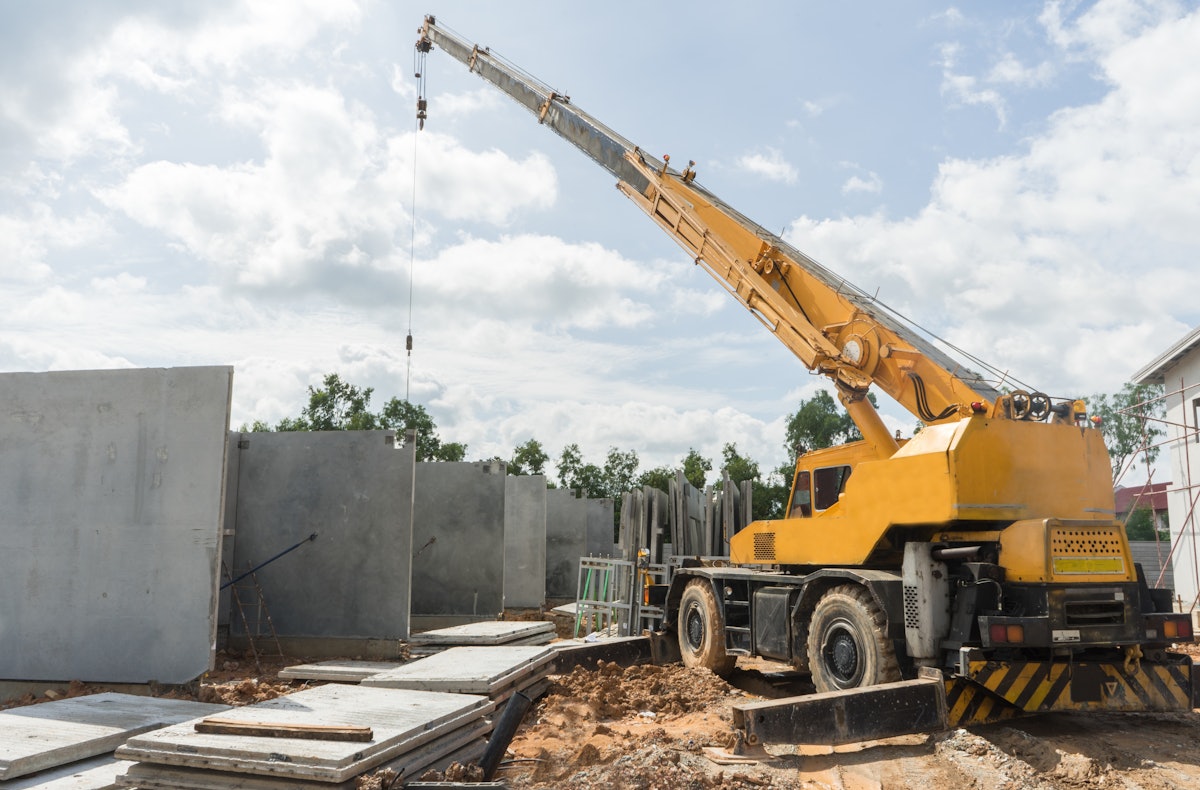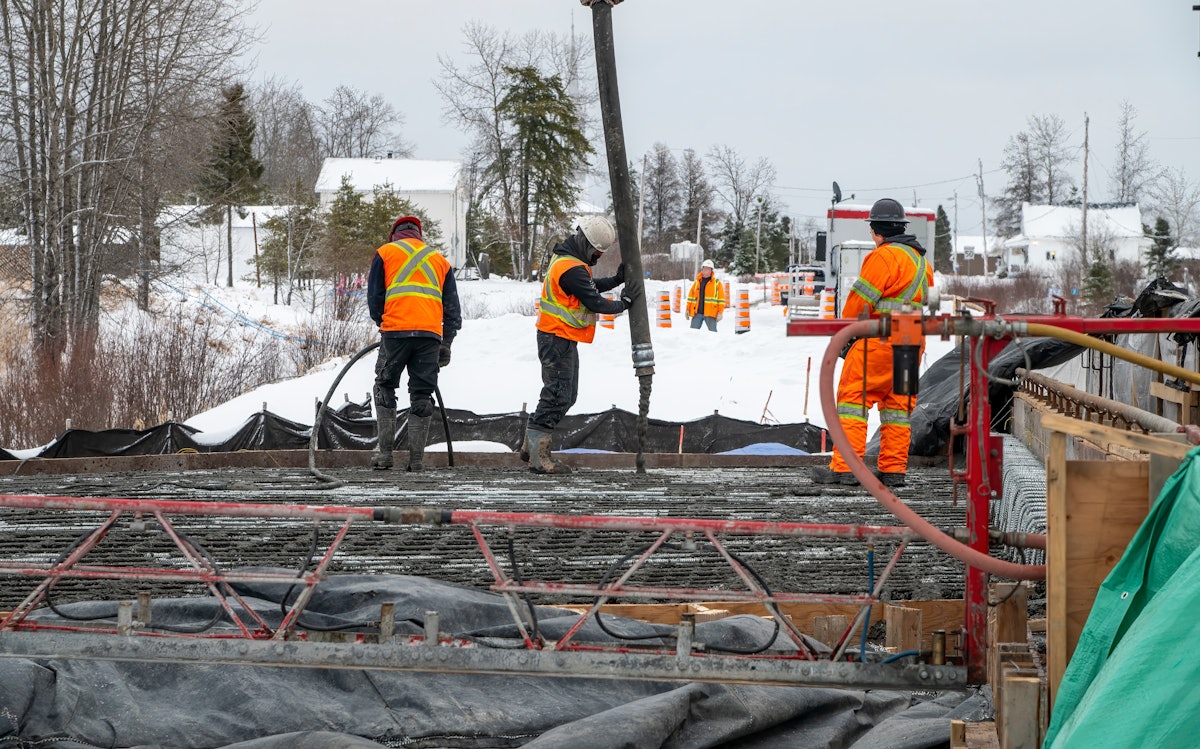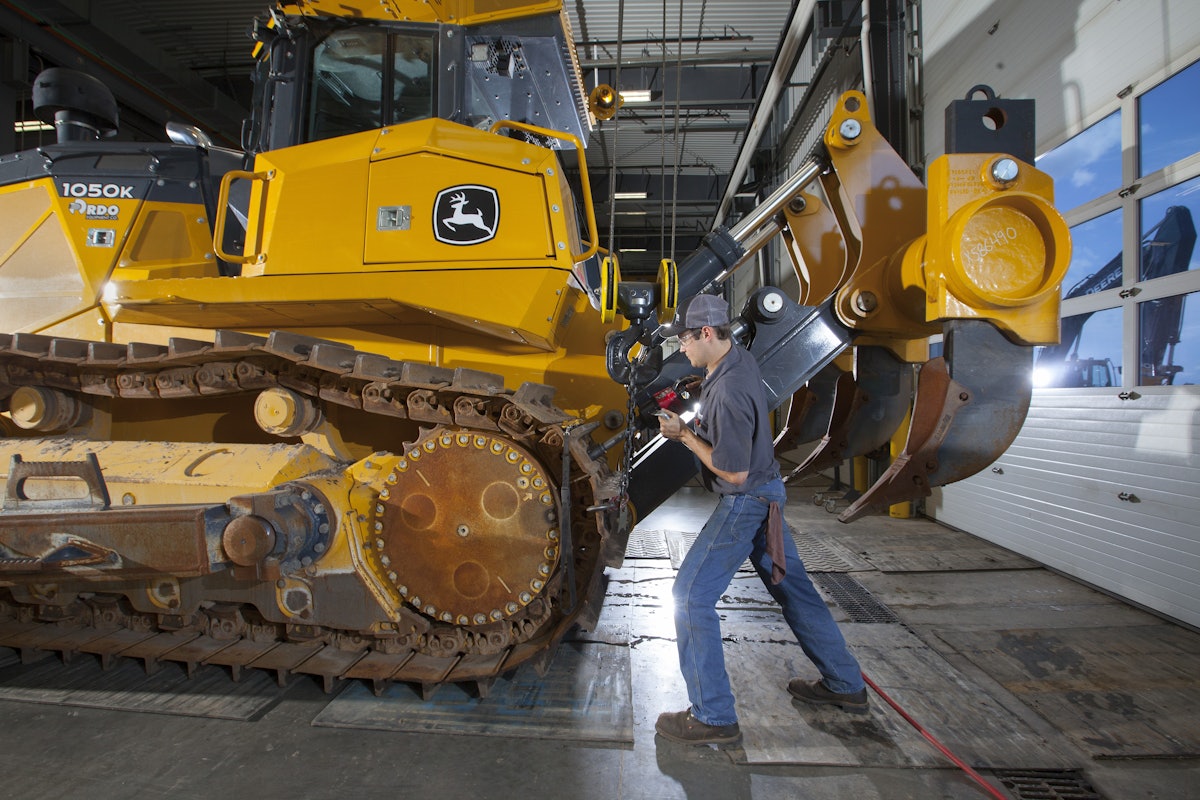Category: Expert Columns
-

Prefabricated Systems Give Contractors Jobsite Control
Time is one of the most valuable (and least controllable) resources on today’s construction sites. Labor shortages, material delays, equipment downtime, permitting issues, and unpredictable weather can all threaten progress, regardless of how well the project is planned. Every contractor has felt the frustration of trying to maintain control amid these variables. That’s why the…
-

Eye On Rental: Maximizing Equipment Rental Company’s Performance for 2026
The state of the U.S. economy and consumer confidence is unusually unclear. We are all hoping for the best and the likelihood of a significant boost (in both). As I’ve pointed out in the past, I feel that it is wiser to concentrate on what is happening in the communities you serve and take a…
-

Mastering Cold Weather Concrete Placement
Placing concrete in cold weather presents unique challenges that can compromise the material’s strength, durability, and long-term performance. For construction and engineering professionals, understanding the principles of cold-weather concreting is not just a matter of compliance but essential for ensuring the structural integrity and safety of a project. Adhering to established guidelines and employing effective…
-

Mastering Cold Weather Concrete Placement
Placing concrete in cold weather presents unique challenges that can compromise the material’s strength, durability, and long-term performance. For construction and engineering professionals, understanding the principles of cold-weather concreting is not just a matter of compliance but essential for ensuring the structural integrity and safety of a project. Adhering to established guidelines and employing effective…
-

Centralized Fleet Solutions Boost Consistency and Efficiency for Multi-Location Construction Companies
Construction companies that operate fleets across multiple locations juggle a familiar tangle of moving parts, including mixed assets working in harsh environments, seasonal demand, regional regulations and dispersed teams with different experience levels. All this can make consistency feel out of reach, yet the fleets that are winning right now have one thing in common:…
-

Gen Z Revitalizes the Skilled Trades Amid Construction Labor Shortages
As Baby Boomers retire, they take with them decades of accumulated skill, leadership and institutional knowledge, and presently, there are not enough new workers to replace them. The National Association of Home Builders (NAHB) reports that the median age of a construction worker has reached 42, about a year older than the national labor force…
-

Veterans Strengthen the Construction Industry Amid Skilled Worker Shortages
In a world built on progress, few industries rise and fall with changing times as much as the construction industry. This field never stands still, as skilled workers shape skylines and neighborhoods, laying the backbone of our cities. As demand grows and skilled hands become harder to find, the answer stands in plain sight: veterans.…
-

Annual Equipment Checkups: Preventive Maintenance That Pays Off
A necessary nuisance — that’s what I thought as I sat in the waiting room to complete an annual checkup. Instead of putting it off, I made it official and took time off work to get it done. It’s one of those things where, with the hectic pace of life inside and outside of work,…
-

Choosing the Right Digital Form Builder for Construction Teams
In the modern construction environment, moving away from paper forms and toward digital data capture is essential. However, with numerous form builder software solutions available, construction professionals require a strategic approach to evaluate which tools will effectively meet the demands of the jobsite. This article outlines key criteria that contractors and field operators should use…

